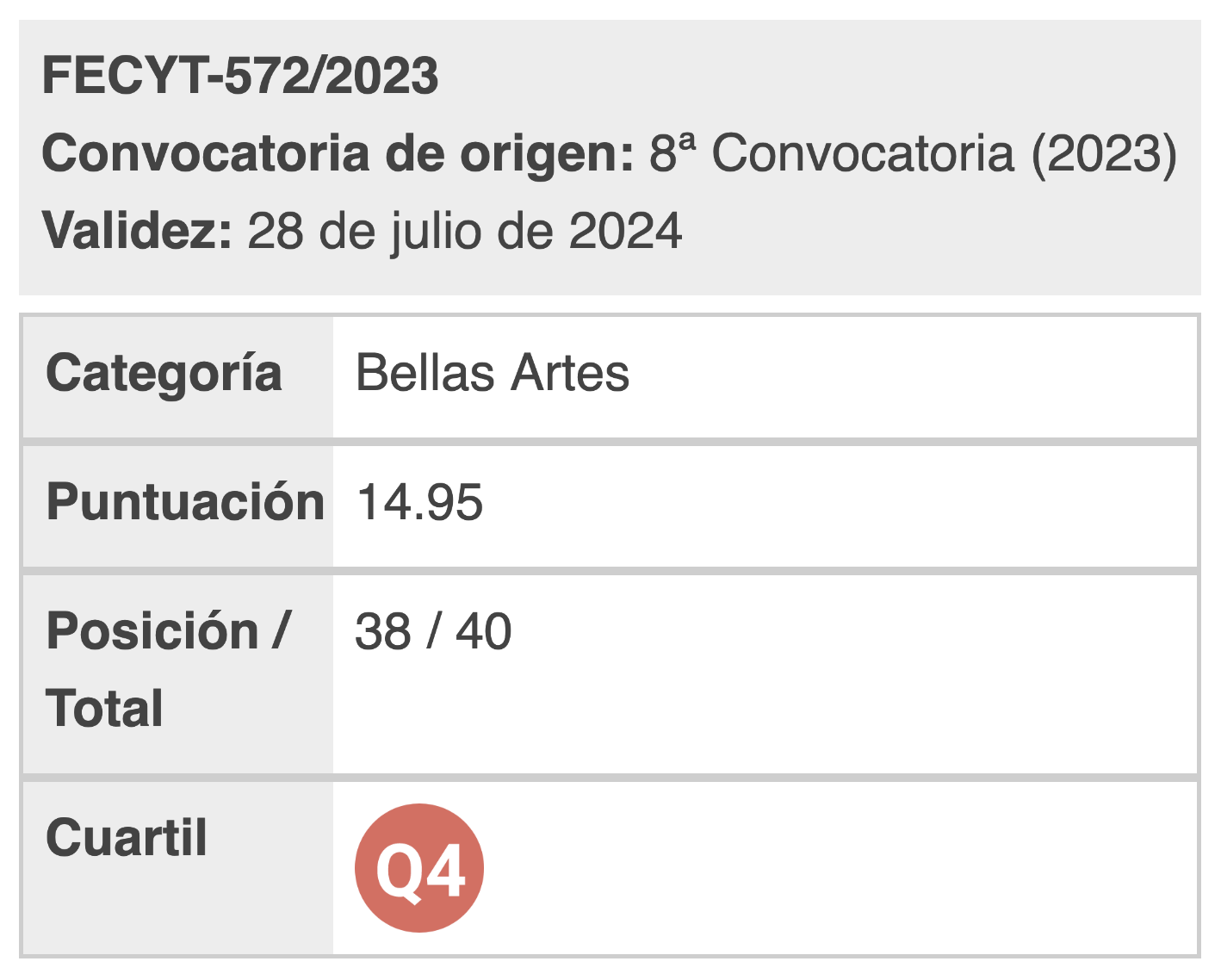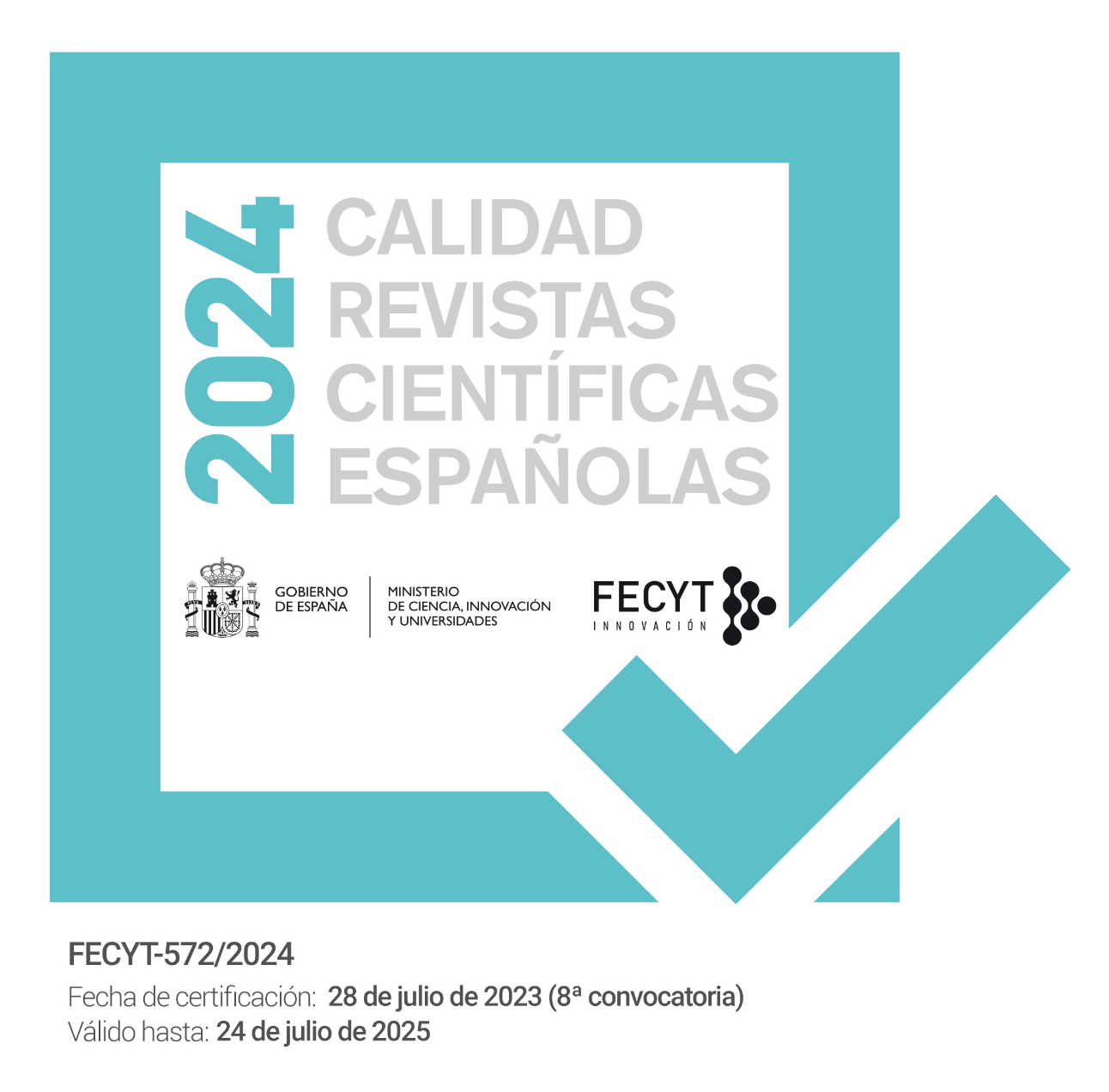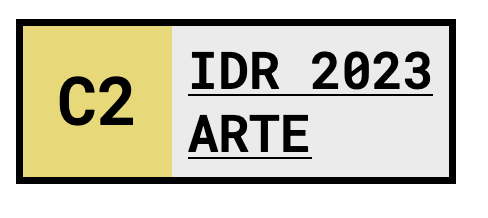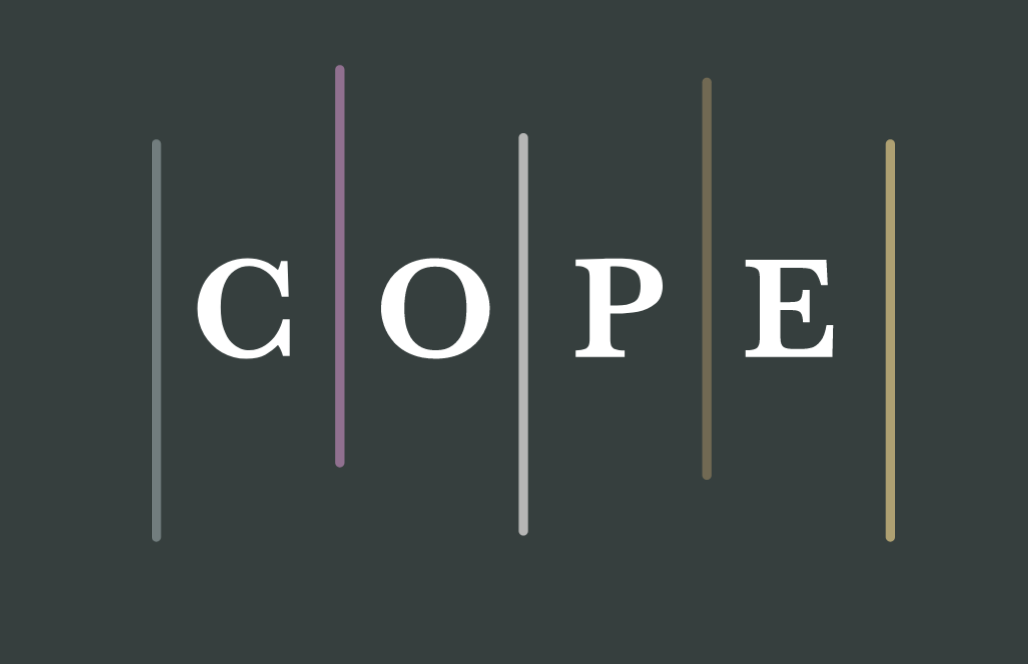Counter Maps
women towards a decolonial cartographic practice
DOI:
https://doi.org/10.5281/zenodo.8183178Keywords:
counter map, decolonial, female mapmakers, survival, topological relationshipsAbstract
The cartographic contributions of the peoples subjected to colonization and marginalized by the visual regimes of the West begin to come to light. These practices of counter-cartographic representation located on the limits of traditional cartography, have been and are still used today as a tool of resistance with a view to recovering a political presence made invisible in the colonial and neo-colonial narratives. In this article, we will focus on the variables of three cases of decolonial graphic productions of indigenous and Afro-descendant women in order to understand these alternative practices as critical propositions about the reality of themselves in their environment. For these reasons, they can contribute to revisiting History, by incorporating their bodies as historical and active subjects in the transformation of past and present reality.
References
Byrd, A. y Tharps, L., 2014. Hair Story: Untangling the Roots of Black Hair in America. St. Martin’s Griffin, Segunda Edición, Revisado.
Chare, N. (2020). In Her Hands: Affect, Encounter and Gestures of Wit(h)nessing In Shanawdithit’s Drawings. Parallax. DOI: 10.1080/13534645.2021.1883297, p. 286-302.
Colectivo Miradas Críticas (2017). Guía Metodológica: Mapeando el Cuerpo-Territorio: Guía metodológica para mujeres que defienden sus territorios: Quito, Ecuador, Primera Edición.
Cruz, D. (2017). Una mirada muy otra a los territorios-cuerpos femeninos. Colectivo Miradas Críticas del Territorio desde el Feminismo.
Espinosa-Miñoso, Y. (2014). Una crítica descolonial a la epistemología feminista crítica. El Cotidiano, núm. 184: México: Universidad Autónoma Metropolitana Unidad Azcapotzalco, p. 7-12.
Kitchin, R. y Dodge, M. (2007). Rethinking Maps. Progress in Human Geography: https://doi.org/10.1177%2F0309132507077082, p. 331-344.
Lewis, M. (1998). Maps, Mapmaking, and Map Use by Native North Americans. The History of Cartography ed. David Woodward, G. Malcolm Lewis. Chicago: University of Chicago Press, p. 51-182.
Harley, J.B. (2002). New England Cartography and the Native Americans. The New Nature of Maps: Essays in the History of Cartography, 37. JHU Press, p. 170-195.
Navarro-Cáceres, E. (2021). Peinado El Hundidito – Episodio 6. https://www.youtube.com/watch?v=e6jQ_bG3ctM, Fundación Afrocolombiana Motiao Suto.
Navarro-Cáceres, E. (2021). Peinado Los Borreguitos - Episodio 3. https://youtu.be/zQnEQHa1JPM, Fundación Afrocolombiana Motiao Suto.
Navarro-Cáceres, E. (2021). Presentación de la miniserie web de turbantes y peinados. https://www.youtube.com/watch?v=lxl72SlXt8E. Fundación Afrocolombiana Motiao Suto.
Quijano, A. (2014). Colonialidad del poder y clasificación social. Cuestiones y horizontes: de
La dependencia histórica/estructural a la colonialidad/descolonialidad del poder. Buenos Aires: CLACSO, p. 285-327.
Valencia Segura, K. (2018). Trenzando el territorio: cuerpos, mapas y resistencias en San Basilio de Palenque. Santiago de Cali: Universidad del Valle, Facultad de Humanidades, Departamento de Geografía.
Páez, R. (2019). Operative Mapping: Maps as Design Tools. Actar Publishers.
Wood, D. (1992). The Power of Maps. Guilford Press.

Published
How to Cite
Issue
Section
License

This work is licensed under a Creative Commons Attribution 4.0 International License.
You are free to:
Share — copy and redistribute the material in any medium or format.
Adapt — remix, transform, and build on the material for any purpose, including commercial.
Attribution — You must properly acknowledge the authorship, provide a link to the license, and indicate if any changes have been made.
You may do so in any reasonable manner, but not in any way that suggests that you endorse or receive any endorsement by the licensor for your use.
No additional restrictions — You may not apply legal terms or technological measures that legally restrict you from doing what the license allows.



























